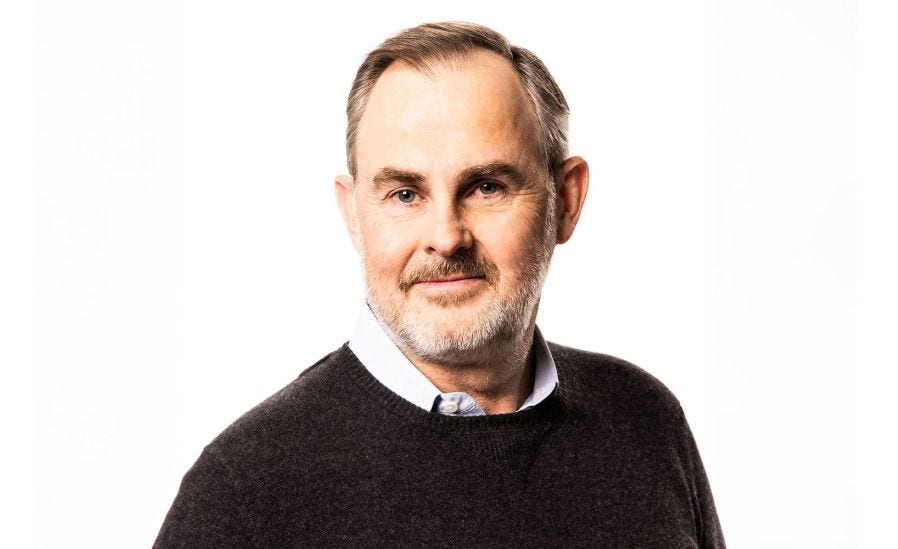AI is rapidly evolving. Over the course of the last 12 months, leaders and organizations have been faced with new challenges, such as the increase of computational power and the pace of innovation in the software industry. However, AI technologies are also bringing about new and fascinating capabilities. For example, you now have the ability to store the entirety of the internets’ knowledge in a single Large Language Model (LLM), which allows you to have an everyday conversation with this model, as though you were speaking to another human. An incredibly knowledgeable human – who can answer nearly any question with a high level of accuracy. These LLMs are also able to generate images, video and sounds in the same way they generate text and have the ability to be programmed to different levels of creativity.
Knowledge isn’t static – there is an element of reasoning and AI is able to articulate answers to problems. Generative AI has the capability to manage unstructured data in a similar way to how technology solutions currently deal with structured data. From a tech perspective, that makes it exciting as it offers so many opportunities for the future, but it also unlocks many grey areas and often unexplainable challenges.
For business leaders, the challenge is balancing the enthusiasm for something new that has so much potential with the risks that we’re increasingly becoming aware of. We know about the ethical and big philosophical societal debates around AI, but there are other more practical day-to-day risks. For example, when using tools such as LLM, the more creativity you ask of it, the less accuracy you receive – even occasionally producing unexpected results, sometimes referred to as ‘hallucinations’.
This black box effect is not new. It is quite common to have a complex technology platform generating errors or discrepancies because of multiple technical layers. The reasons are numerous but, in many cases, it comes from the way the system has been designed and maintained, either because the sponsor or users are not properly involved or because the developer does not apply the right processes or testing steps.
Regulation is also a factor. On this point, I would advise leaders that they need to have a sense of personal responsibility. Regulators are struggling to keep pace with the speed of change and regulation tends to follow much later.
If you consider an AI system aiming at providing a decision, what is the system intended for? Who owns the design of the system? Who is impacted by the decision? This is the point at which we need to bring the "human into the loop". As with any technology system, you need to have strong involvement of people at the design, testing and production stages. This is needed to ensure that your solution is stable.
My advice to CEOs and other business leaders is to embrace AI now, but take a strategic, democratic approach. Embed ethical thinking into how you drive AI integration forward. Constantly challenge yourself on the potential harmful use of AI, rather than simply focusing on the benefits. Think of it in the context of ESG. What impact will your plans have on the environment surrounding you? It may not seem obvious at first, but the rapid evolvement of and intensive use of technology is energy intensive, so consider how AI might negatively alter your efforts to play a supportive, transparent role in creating a more sustainable planet. What will the impact be on society? Have you truly factored in what AI means for your workforce? Ensure that everyone in your organization is part of the journey and benefits, rather than suffers from AI’s growth. Finally, governance is arguably the most important thread that weaves everything together. To be clear, this isn’t about creating a golden rulebook and adding layers of red tape that could slow your journey down. Instead, think of it as a clear route map. Set boundaries and ensure that any new AI plans can be rigorously tested against ethical and people-related questions.
AI has great potential to become a golden asset for humans, but with poor planning and strategy it could slow business and expose us to new risks. Embrace AI and bring everyone on your journey to truly unlock the potential for technological transformation.







